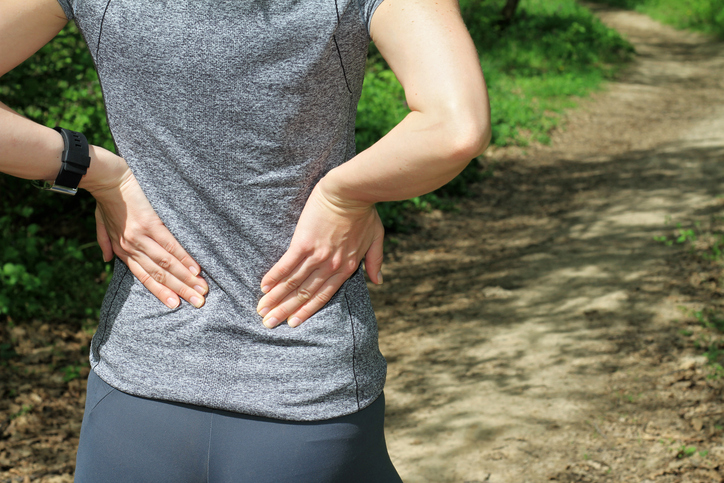Understanding Back Pain in Teenagers: An Introduction
Back pain, often described as discomfort or stiffness in the spine, is not just an adult issue. Surprisingly, an increasing number of teenagers are reporting back pain, making it a prevalent health concern in this age group. Whether it’s due to heavy backpacks, poor posture, or sports injuries, back pain in teenagers is a serious issue that warrants attention.
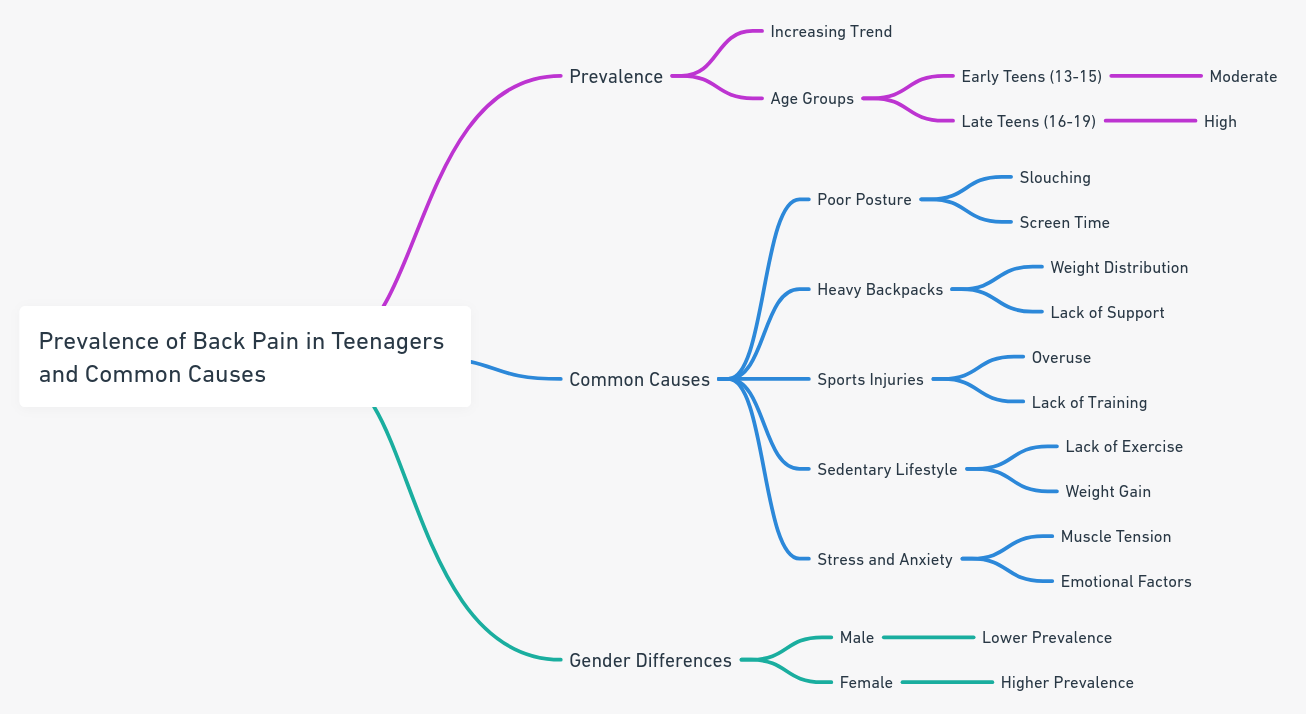
Research suggests that about 30 to 50% of teenagers experience back pain. This statistic is alarming, considering that back pain can potentially interfere with a teenager’s daily activities and overall quality of life.
Why Should We Take Teenagers’ Back Pain Seriously?
Back pain in teenagers should not be dismissed as simply ‘growing pains.’ Unaddressed, it can become chronic and may lead to more severe health issues in adulthood. Early diagnosis and treatment can prevent this, highlighting why it’s crucial to take back pain in teenagers seriously.
For more insights, consult the American Academy of Pediatrics’ guide on back pain in children and teens.

Physical Factors Contributing to Adolescent Back Pain
Adolescence, a time of significant growth and development, can bring about multiple physical factors leading to back pain. Rapid growth spurts can cause muscular imbalances and strain, while carrying heavy backpacks may place undue stress on the spine, leading to discomfort or injury. Additionally, poor posture, often due to increased screen time, can contribute to structural problems and back discomfort.
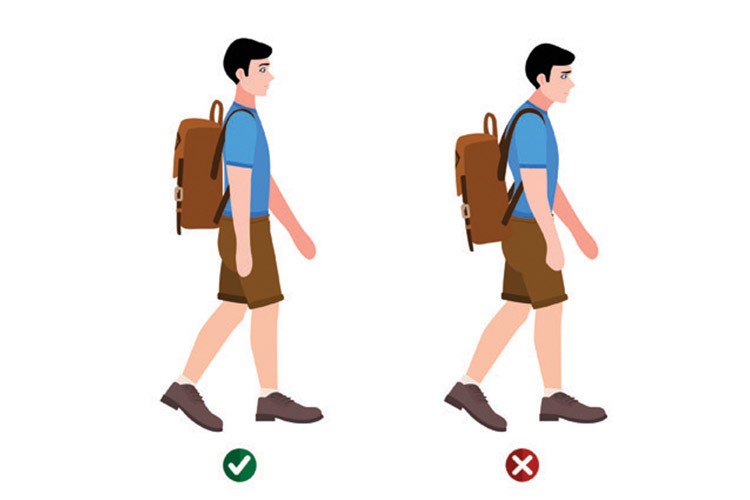
Lifestyle Factors and Back Pain in Adolescents
Modern lifestyles often promote sedentary behavior, which can lead to muscle weakness and back pain. Lack of physical activity can exacerbate this issue, as regular exercise is crucial for maintaining a healthy, flexible, and strong back.
Medical Conditions Causing Back Pain in Teens
Scoliosis, a sideways curvature of the spine, and Scheuermann’s disease, a condition causing the front of the upper spine to grow slower than the back, can both result in back pain in adolescents. Early detection and treatment are key to managing these conditions and preventing further discomfort.
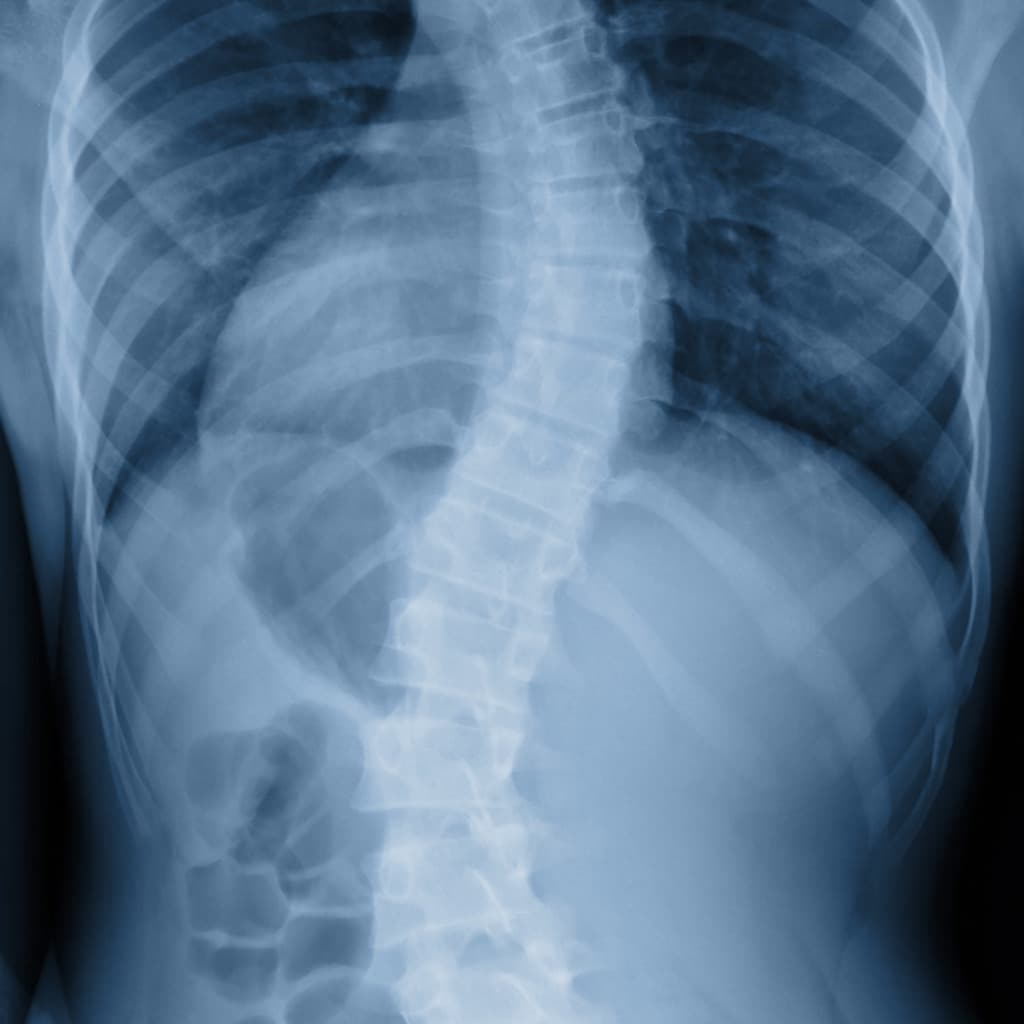
Recognizing the Symptoms: When to Be Concerned
Back pain in teenagers, although uncommon, can often be a symptom of something more serious. Common signs include persistent pain, stiffness, or discomfort in the back. This pain may be more prominent after physical activities or prolonged sitting. [source]
When Should These Symptoms Raise Concern?
If your teenager is experiencing back pain along with other symptoms like fever, weight loss, weakness or numbness in the legs, or bladder/bowel problems, it’s important to seek medical help immediately. These symptoms could indicate a more serious condition, such as infection or neurological issues. [source]
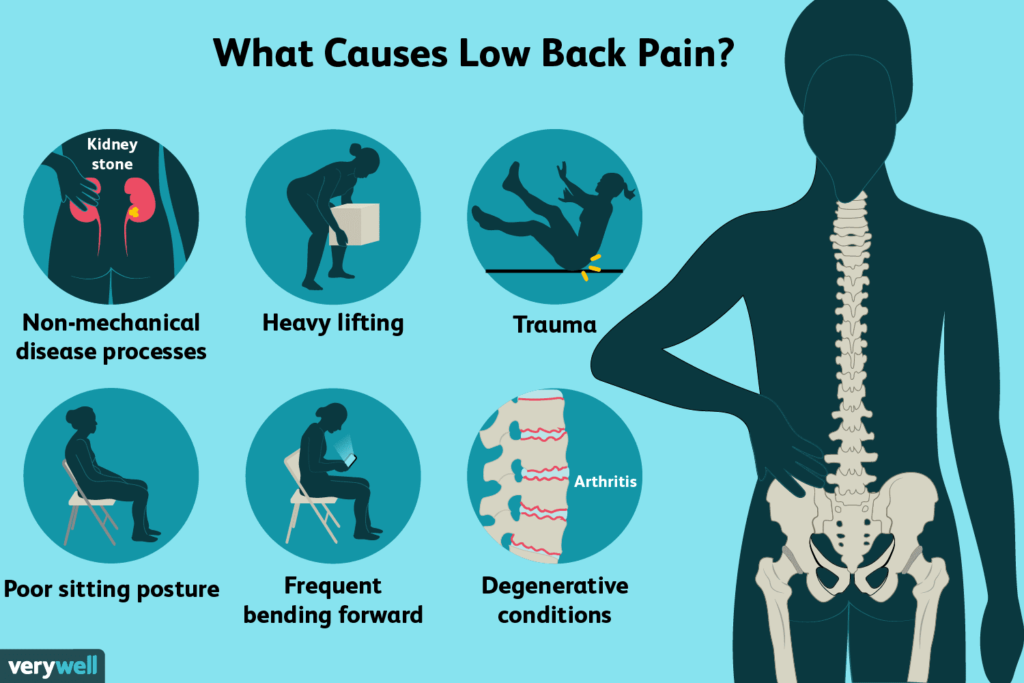
The Importance of Behavioral Changes
Changes in behavior, sleep patterns, and physical activity levels can also be indicative of back pain in teenagers. Difficulty in performing daily tasks, not participating in physical activities they once enjoyed, and changes in sleeping pattern may all point to back-related problems. [source]
The Impact of Back Pain on a Teenager’s Life
Back pain can have a profound impact on a teenager’s life, affecting both their physical comfort and overall well-being. It’s not just about enduring the physical pain; the repercussions of adolescent back pain can ripple through every facet of their life, from academic performance to social interactions and mental health. Studies have found that teenagers suffering from back pain are more likely to have lower school grades and decreased participation in social activities.
Furthermore, the psychological impact of chronic back pain can’t be underestimated. Teenagers with persistent back pain are more prone to feelings of depression and anxiety. If left untreated, these symptoms could develop into long-term mental health conditions. It’s therefore crucial to seek professional help at the earliest sign of persistent back pain.
Long-term Effects of Untreated Back Pain
Over time, untreated back pain can lead to chronic conditions, affecting the teenager’s quality of life well into adulthood. Prolonged discomfort can result in decreased physical activity and increased risk of obesity, a known risk factor for various health problems. It can also exacerbate existing mental health issues, leading to problems such as depression, anxiety, and sleep disorders.
It’s essential to recognize these red flags early on and seek appropriate medical intervention. Timely treatment can significantly improve a teenager’s quality of life and prevent life-long health issues.
Uncovering the Root Causes: Diagnostic Methods
The first step in diagnosing the underlying reasons for back pain often entails a thorough medical examination. This involves gathering a comprehensive medical history, which is crucial in identifying potential causes. Information about family history, past diseases, lifestyle choices, and the exact nature and location of the pain can guide the diagnosis.

Alongside the medical history, a variety of diagnostic tests are often used to help identify the cause of back pain. These can range from X-rays and MRI scans to blood tests. X-rays provide images of the spine, highlighting any potential bone abnormalities, while MRI scans offer detailed images of soft tissues, including muscles and discs. Blood tests can reveal signs of infection or inflammation that might be contributing to the pain.
Together, the medical examination process and diagnostic tests provide a comprehensive overview of the patient’s condition, offering critical insights into the underlying causes of back pain in teenagers.
Treatment Approaches for Adolescent Back Pain
Teenage back pain is a serious health concern that requires immediate medical attention. The good news is, there are several non-invasive treatment methods available. Physical therapy, for example, focuses on improving posture and strengthening the back muscles. This can significantly reduce pain and improve mobility. In addition, lifestyle changes such as adopting a healthy diet and regular exercise, can contribute to overall back health.
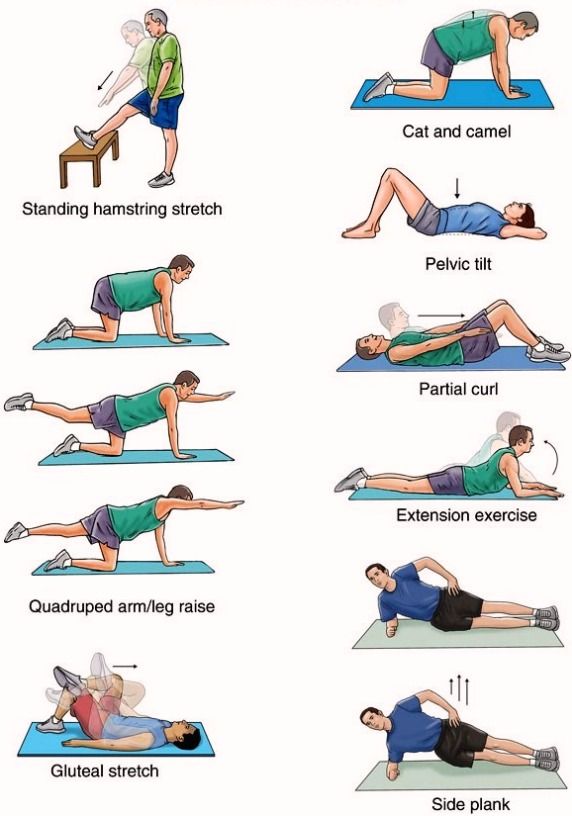
Pain management is often a crucial part of treating adolescent back pain. There are various medication options, including over-the-counter pain relievers and prescription drugs. However, these should always be taken under medical supervision to avoid potential side effects.
Surgical Treatments for Serious Conditions
While most cases of teenage back pain can be managed with non-invasive treatments and medication, some serious conditions may warrant surgical intervention. Procedures like spinal fusion or discectomy can be considered in severe cases or when conservative treatments fail. It’s crucial to discuss all options with a healthcare professional before making any decisions.
Prevention Strategies: Steps to Minimize the Risk
Back pain in teenagers is a cause for concern, but with the right prevention strategies, it can be minimized. One of these is maintaining good posture. According to the American Chiropractic Association, maintaining good posture reduces the strain on your muscles and ligaments, reducing the risk of back pain.
The Importance of Physical Activity
Regular physical activity and stretching are also vital. The CDC explains that regular physical activity can help keep your back strong and flexible, reducing the risk of back pain.
Backpack Safety and Proper Lifting Techniques
- Choose a backpack with wide, padded shoulder straps and a padded back.
- Always use both shoulder straps to distribute the weight more evenly.
- Lift the backpack with your knees, not your back.
Implementing these strategies can be crucial in preventing back pain in teenagers. National Institute of Neurological Disorders and Stroke provides further reading on this.
Conclusion: The Imperative of Early Detection and Intervention
Back pain is a common issue among adults, but when it strikes teenagers, it becomes a red flag. It’s more than just a minor inconvenience; it can be a precursor to serious health complications if not addressed promptly.
Untreated back pain in teenagers can lead to chronic issues, affecting their physical health, academic performance, and social life. It can disrupt their sleep, leading to fatigue and concentration problems. In severe cases, it can even lead to permanent disability.
As a parent or caregiver, your role in early detection and intervention is crucial.

Don’t ignore the signs; instead, seek medical advice at the first hint of back pain in your teenager. Remember, the sooner the intervention, the better the outcome.
Keep your teenager’s spine healthy; it’s the backbone of their future.
Additional Resources
- Mayo Clinic: Back Pain
- National Institute of Neurological Disorders and Stroke: Low Back Pain Fact Sheet

Dr. Martha Pyron is a recognized sports medicine physician and the founder of Medicine in Motion, an Austin-based practice specializing in comprehensive medical care for active individuals and athletes. An active contributor to her field, she uses her extensive experience as a former collegiate athlete to aid her patients and develop innovative care strategies. Beyond her clinical practice, Dr. Pyron is known for her involvement in the local athletic community and her commitment to promoting health and fitness.


